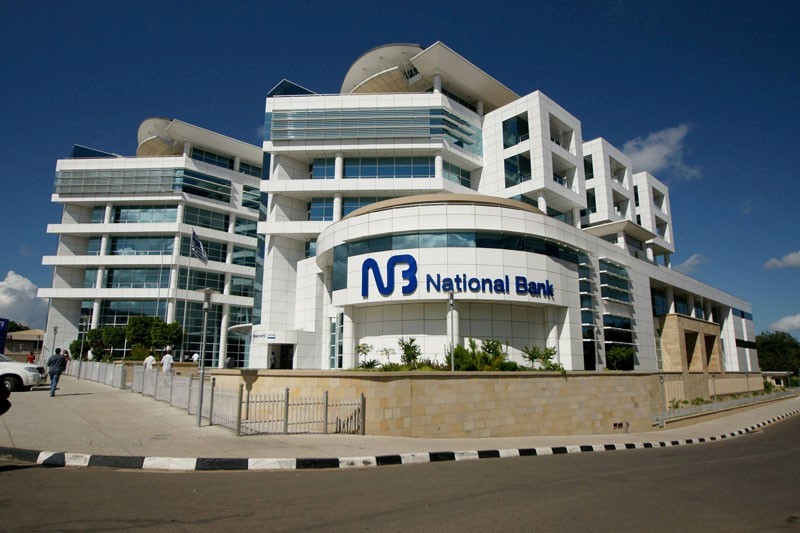Concentrated export basket worries firms
The Malawi Confederation of Chambers of Commerce and Industry (MCCCI) says the country’s overreliance on unprocessed agricultural products and few markets for export has proven to be a strain on the economy.
In an interview in Blantyre on Thursday on the sidelines of a media briefing on the 32nd Malawi International Trade Fair, MCCCI head of business linkages and events Linda Pete said this has led to Malawi experiencing negative trade balance.
She said: “The dependency on few markets for its exports and critical imports such as inputs and raw materials for industry has recently proven to be a further strain on the economy.

“For instance, the advent of Covid-19 and the ongoing Russia-Ukraine conflict have proven to be disruptive to the country’s external supply chain.”
Pete said this new challenge on market concentration needs to be addressed if the local economy and businesses are to become resilient.
She called for businesses to diversify markets for their products and sources of supplies of their critical imports as raw to enable them withstand any future shock that may interrupt the global supply chain.
Treasury figures show that although Malawi’s merchandise trade balance improved in 2021 to $982 million (about K1 trillion) from $1.94 billion (about K2 trillion) in 2020, traditional exports contributed to the 50 percent rise in export earnings.
Data contained in the 2022 Malawi Government Annual Economic Report shows that exports rose to $1.56 billion (about K1.61 trillion) from $773 million (about K797 billion ) recorded in 2020 with exports from tobacco, tea and sugar growing by 20 percent, 27 percent and 37.8 percent, respectively.
The export basket continued to be dominated by agricultural products, with tobacco alone constituting about 40 percent of total exports while sugar and coffee exports claimed second and third slots, respectively with a 10 percent share of total exports.
Historically, Malawi has financed its trade deficit primarily with transfers from abroad and through debt.
World Bank data shows that between 2017 and 2021, Malawi needed $9.4 billion (K9.7 trillion) to finance its trade deficit and $1.3 billion (K1.34 trillion) to fund its negative primary income.
During the same period, it received $2.8 billion in (K2.9 trillion) current transfers or secondary income, which helped finance consumption expenditure.
The World Bank noted that only 14 percent of these transfers were received by the government, while 29 percent represented remittances and the rest represents other transfers to non-government enterprises.
In its recent Malawi Economic Monitor, the Bretton Woods institution warns that financing volatile imports with transfers and debt is risky, especially in view of Malawi’s low level of reserve assets.
Ministry of Trade and Industry spokesperson Mayeso Msokera is on record as having said that the country’s trade balance has become an issue.






One Comment